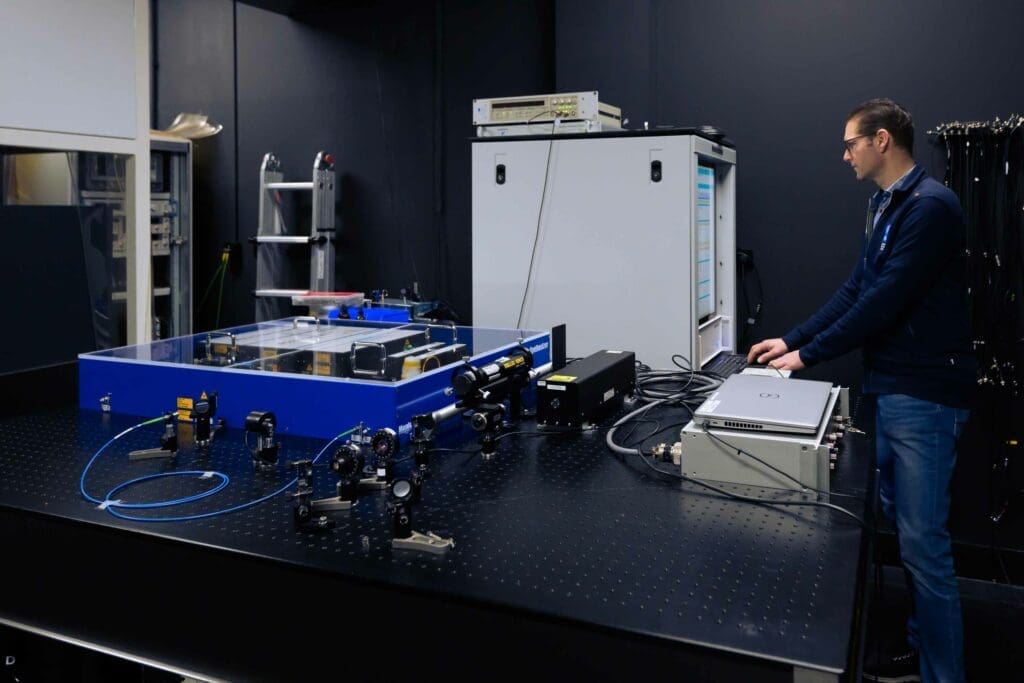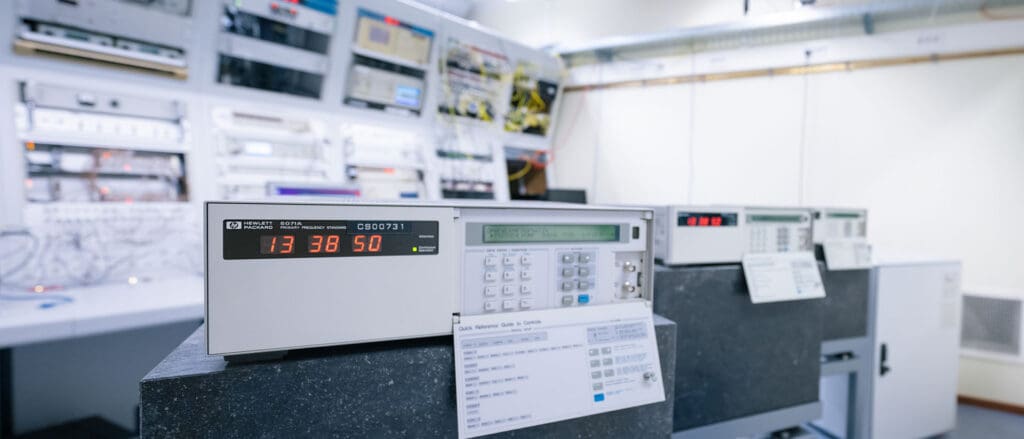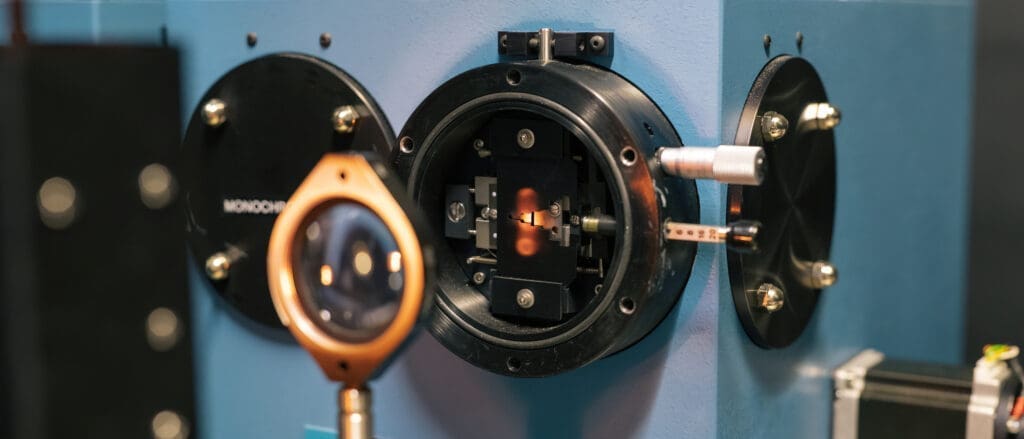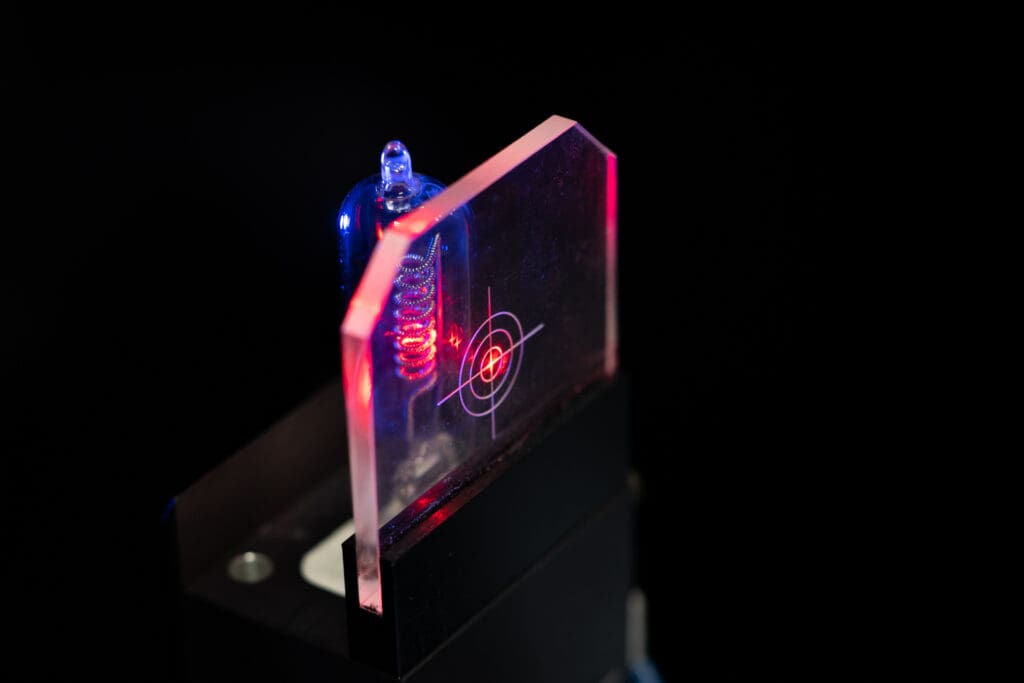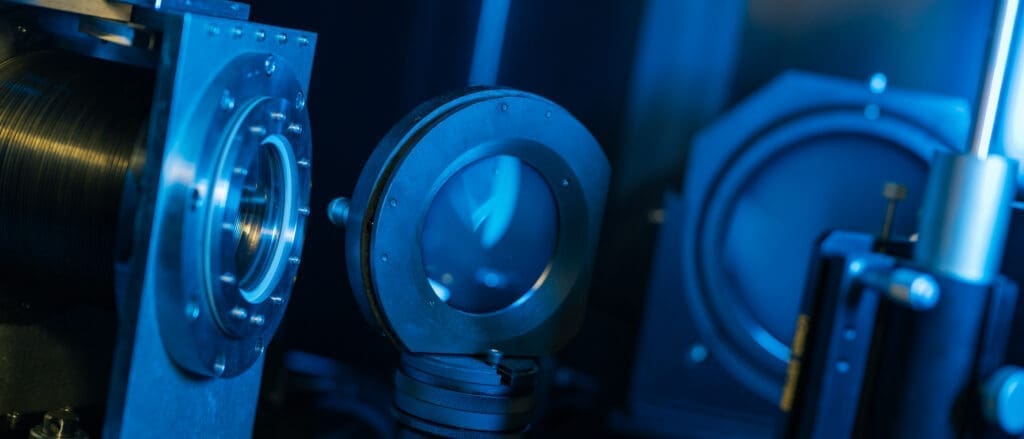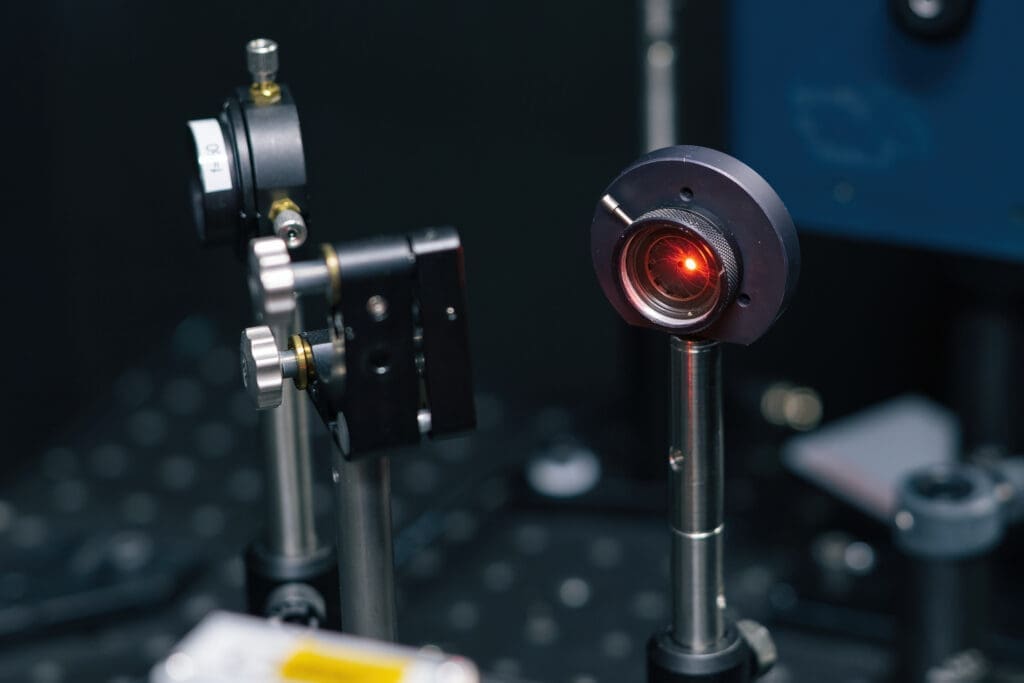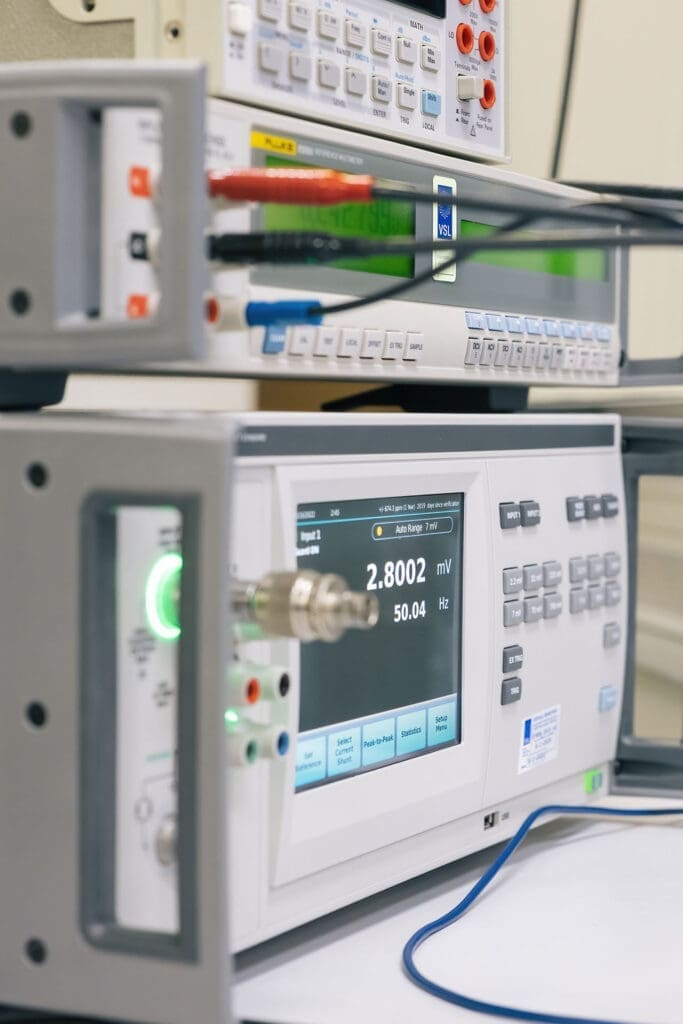Traceable metrology of soft X-ray to IR optical constants and nanofilms for advanced manufacturing (20IND04 ATMOC)
Projects
Traceable metrology of soft X-ray to IR optical constants and nanofilms for advanced manufacturing (20IND04 ATMOC)
The optics and semiconductor industries use innovative materials and complex nanostructures in their products whose optical properties are difficult to measure and often not accurately known. This project is developping advanced mathematical methods to traceably characterise these materials for wavelength ranges from soft X-ray to IR. This will be achieved by creating a database of optical constants with associated uncertainties for bulk materials and ultra-thin film systems and industrially relevant datasets. This database will provide the opportunity to relevant industries to run simulations and eventually develop new materials with tailored properties. The overall objective of the project is to develop traceable measurement techniques for optical constants of thin-film systems and nanostructures and to use these techniques to support the introduction of an improved optical properties database for industrial users.
Our role
VSL is leading the work package which focuses on traceability of advanced photon-based metrology. The aim of this work package is to develop traceable reflectometers, Mueller ellipsometers, and scatterometers. All the measurement techniques, which are needed to obtain a reliable determination of optical constants in thin films materials, including samples endowed with complex geometries, will be developed and characterised in this work package. VSL scatterometry specialists at length and optics group are working on the scatterometer characterization and traceable measurements of the nanostructures. Data science and modelling group is working on advanced inverse modelling and uncertainty evaluation.
Start date: July 1, 2021
End date: June 30, 2024
Read more about this project here.
“The project has received funding from the European Partnership on Metrology, co-financed by European Union Horizon Europe Research and Innovation Programme and from the Participating States.”
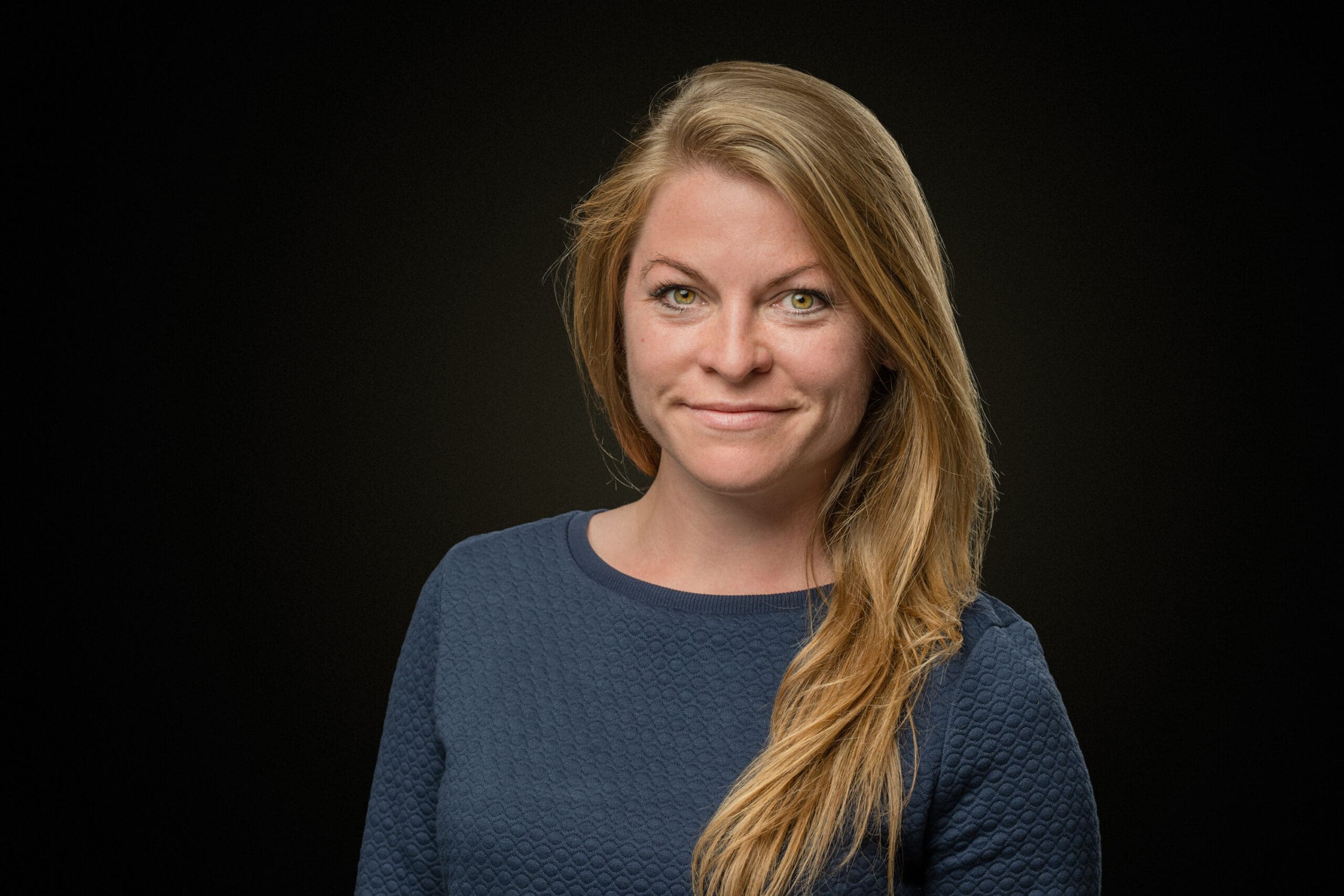
Would you like to know more about this subject?
Our experts are happy to help.
Lauryna Siaudinyte
Principal Scientist Length – Optics
Projects
Our expertise in practice
Read more about our projects.
